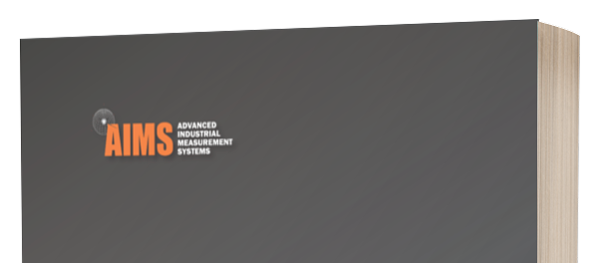.jpg?width=1920&name=measuring-cup-2510243_1920%20(1).jpg)
As a kid I was fascinated with all things Egyptian so it’s not surprising to me that the Egyptian cubit is considered one of the earliest known units used to measure length. The word “measurement” though comes from the Greek word “metron.” Webster’s Dictionary defines measurement as a “figure, extent, or amount obtained by measuring: dimension.”
Measurement is also a technique that helps determine the properties of an object by comparing them to a standard. Measurements require tools and provide scientists with a quantity.
While measurements are crucial today in terms of verifying part quality and ensuring that rigorous tolerances and size specifications are met, have you ever thought about the role measurements play in every day life?
To give context to that thought, measurements can be categorized as weight, area, volume, length and temperature. Take medicine for example. While it’s certainly critical that medical devices like hip sockets or titanium “knees” be closely measured for accuracy and other stringent requirements, have you ever thought about the medication you take? Whether it’s a multi-vitamin or blood pressure pills, knowing the proper dose to take is essential.
Cooking is full of measurements. Whether you cook like your grandma using a pinch of this and a dab of that or follow a recipe it is vitally important to understand the concept of measurement. There are standard cooking measurements that involve the tablespoon, cup, pint, quart and gallon. But what if you need to convert cooking measurements to milliliters or grams? There are liquid measurement charts, baking measurement conversion charts, American cooking measurements and calculators to help you figure it all out. But the bottom line? You have to have some understanding of how to measure things.
Clothes or shoe shopping is another area where measurements come into play. Clothes are based on size and fit. Shoes are measured using a couple different calculations. And these days, with online shopping at an all time high, understanding how to determine your U.S., U.K., or European shoe size is a must.
To get those measurements you need a ruler or tape measure and a piece of paper and pencil or pen.
Next steps:
- Tape a piece of paper down to the floor.
- Place your foot firmly on top of the piece of paper.
- Draw the outline of your foot all the way around.
- Mark the length and width of your foot on the paper.
- Measure the length of your foot.
- Measure the width of your foot.
- Subtract 3/16ths of an inch from each number
Once you have followed those steps and have your measurements, you’ll need to choose a table to find your U.S., U.K. or Euro size.
While the majority of these examples are practical, measurement also comes into play [forgive the pun] with things like sports. If you want to make a first down in football you need to know that it is a gain of ten yards or more in field position during a series of downs which allows the offensive team to attempt another series of downs. If you are the quarter back looking to make an accurate touchdown pass you need to have an accurate understanding of depth and distance.
Ever played the “thermostat game?” You turn the thermostat down to keep cool while another family member who is cold bumps the temperature up. Either way you need to understand the measurement scale of this instrument to maintain physical comfort.
In transportation, pilots need to know how much weight is too much for their aircraft to take off. Drivers need to know how much fuel they require to reach their destination.
While these instances represent a small number of examples, it’s evident that measurements provide structure and understanding in nearly every task we undertake. Not just those relegated to a manufacturing line requiring the input of a coordinate measuring machine to determine whether part features are in spec.


